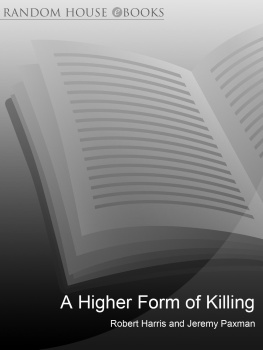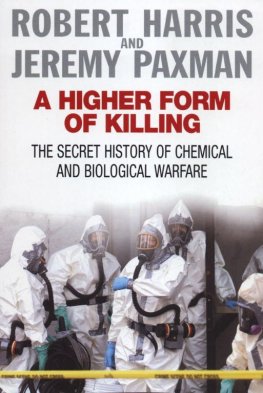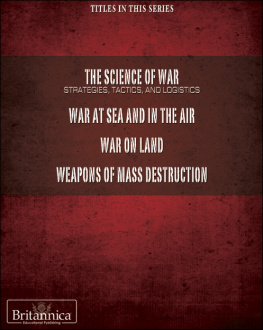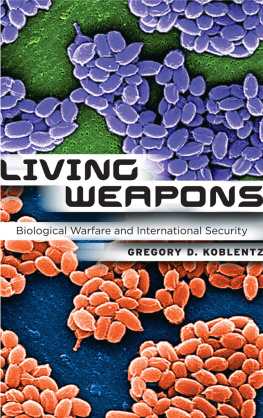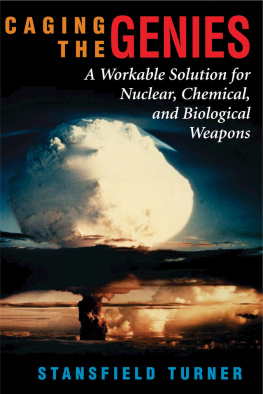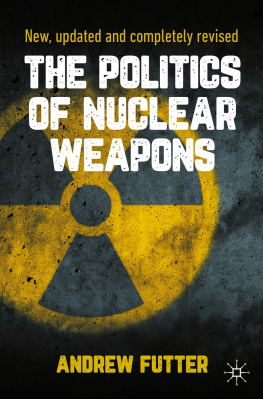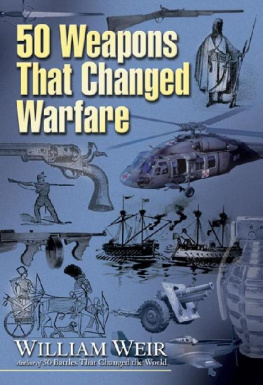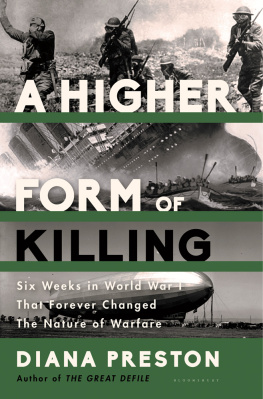About the Authors
ROBERT HARRIS was a reporter on the BBCs Panorama and Newsnight programmes before becoming Political Editor of the Observer in 1987, and then a columnist on the Sunday Times. He has written five non-fiction books, including A Higher Form of Killing which was his first book, and three novels. Fatherland (1992) was short-listed for the Whitbread First Novel prize, and was followed by Enigma (1995) and Archangel (1998). His novels have been bestsellers worldwide and have been translated into 30 languages. Robert Harris lives in Berkshire with his wife, Gill Hornby, and their children.
JEREMY PAXMAN has been a reporter ever since he left St Catherines College, Cambridge. He began his journalistic career covering the troubles in Northern Ireland. After three years in Belfast, he moved to London, from whence assignments took him all over the world. He began presenting Newsnight in 1989. He is also familiar to radio and television audiences through University Challenge and Start the Week and has written widely for newspapers and magazines. A Higher Form of Killing was the first of five books he has produced to date. His most recent bestseller is The English: Portrait of a People.
About the Book
The proliferation of chemical and biological weapons is the greatest threat the world faces today. Far easier to make than nuclear bombs, their effects are scarcely less devastating. And many of the worlds most dangerous regimes Iraq, Iran, Syria, Libya and North Korea either possess them, or are trying to get hold of them. In the hands of terrorists, they could kill thousands, or even millions.
Updated in the aftermath of the September 11 attacks, this classic account of the history of chemical and biological warfare, by two of Britains leading journalists, spans almost a century of horror, from the mustard gas of the First World War to the germ weapons built up by Saddam Hussein.
ACKNOWLEDGEMENTS
This book grew out of a film we made for the BBC television programme Panorama, and we would like to thank Roger Bolton, Panoramas editor, for the encouragement and advice he gave us at that time, and for the understanding that he, and others at the BBC, have shown since.
Thanks are due to so many people who helped in the actual research of this book that we cannot list all of them here. Considerations of space aside, many felt free to talk only with a promise of anonymity.
Among those who can be mentioned, however, we must record our gratitude to the staff of the Public Record Office, the Imperial War Museum, Churchill College, Cambridge, the US Army Public Affairs Department, and Edgewood Arsenal, all of whom assisted with documents and advice. The Church of Scientology also made available to us documents they had unearthed in their campaign against chemical warfare. Among other individuals who gave us their advice and information thanks are due to General Allan Younger, Professor John Erickson, General T. H. Foulkes, David Irving, Lord Stamp, Air Marshal Sir Christopher Hartley, Professor Henry Barcroft and Paul Harris.
Nicholas Sims, Lecturer in International Relations at the London School of Economics, and Adam Roberts, Reader in International Relations at Oxford University, were both kind enough to read and comment on portions of the typescript for the publishers.
Additional research in Washington was carried out by Scott Malone.
We would also like to thank Jeremy Lewis of Chatto & Windus, without whose initial enthusiasm this book would never have been written; and Elizabeth Burke, who steered our battered manuscript into production.
Although it is invidious to single out particular individuals from the many who have helped us, two in particular deserve our special thanks. One is Dr Rex Watson, the Director of Porton Down, who, within the confines of the Official Secrets Act and with no guarantee of a good press, gave us invaluable assistance. With his approval, we also enjoyed the help and advice of Portons information officer, Alex Spence.
Our other great debt is to Julian Perry Robinson of the Science Policy Research Unit at Sussex University. He helped generously, both with time and advice, and read the book in its early stages, making many valuable suggestions. All students in this field owe Julian Perry Robinson a debt for the work he did in pulling together the information contained in the first two volumes of the six-part study of chemical and biological weapons published by the Stockholm International Peace Research Institute. Where we have drawn upon this, and upon the work of others who have investigated this subject in the past, acknowledgement is made in the notes at the end of the book.
If, despite the best efforts of all the above, we have made errors of fact or judgement, responsibility rests with the authors.
Robert Harris wrote chapters one to five of this book; Jeremy Paxman wrote chapters six to ten. The authors collaborated on chapter eleven.
Also by Robert Harris
FICTION
Fatherland
Enigma
Archangel
NON-FICTION
Good and Faithful Servant
Selling Hitler
The Making of Neil Kinnock
Gotcha!
Also by Jeremy Paxman
Through the Volcanoes
Friends in High Places
Fish, Fishing and the Meaning of Life (editor)
The English
ONE
Frightfulness
THE 22ND OF April 1915 had been a warm and sunny day, but towards the end of the afternoon a breeze sprang up. It came from the north, from behind the German lines, blew across No Mans Land, and gently fanned the faces of the Allied soldiers in position around the village of Langemarck, near Ypres.
They were new to the trenches French reservists and Algerians from Frances north African colony. To them the fresh wind must have seemed a good omen, for a few seconds later, as if on cue, the German guns which had been bombarding them all day suddenly stopped firing. An abrupt silence descended over the front.
A few hundred yards away, four divisions of the 23rd and 26th German Army Corps crouched in their trenches. They had waited there since dawn, unable to move for fear of giving away their presence. Now, just as it had begun to seem too late, the moment had come. The wind had changed. An attack.
At five oclock, three red rockets streaked into the sky, signalling the start of a deafening artillery barrage. High explosive shells pounded into the deserted town of Ypres and the villages around it. At the same time the troops sheltering near Langemarck saw two greenish-yellow clouds rise from the enemys lines, catch the wind, and billow forwards, gradually merging to form a single bank of blue-white mist: out of sight, in special emplacements protected by sandbags and concrete, German pioneers were opening the valves of 6,000 cylinders spread out along a four mile front. The cylinders contained liquid chlorine the instant the pressure was released and it came into contact with the air it vaporized and hissed out to form a dense cloud. At thirty parts per million of air chlorine gas produces a rasping cough. At concentrations of one part per thousand it is fatal. The breeze stirred again, and one hundred and sixty tons of it, five feet high and hugging the ground, began to roll towards the Allied trenches.
Chemical warfare had begun.
The wave broke over the first line within a minute, enveloping tens of thousands of troops in an acrid green cloud so thick they could no longer see their neighbours in the trench. Seconds later they were clutching at the air and at their throats, fighting for breath.
Chlorine does not suffocate: it poisons, stripping the lining of the bronchial tubes and lungs. The inflammation produces a massive amount of fluid that blocks the windpipe, froths from the mouth and fills the lungs. In an attempt to escape the effects, some men tried to bury their mouths and nostrils in the earth; others panicked and ran. But any exertion or effort to outdistance the cloud only resulted in deeper breaths and more acute poisoning. As the tide of gas washed over the struggling men their faces turned blue from the strain of trying to breathe; some coughed so violently they ruptured their lungs. Each man, as the British casualty report was later to put it, was being drowned in his own exudation.

